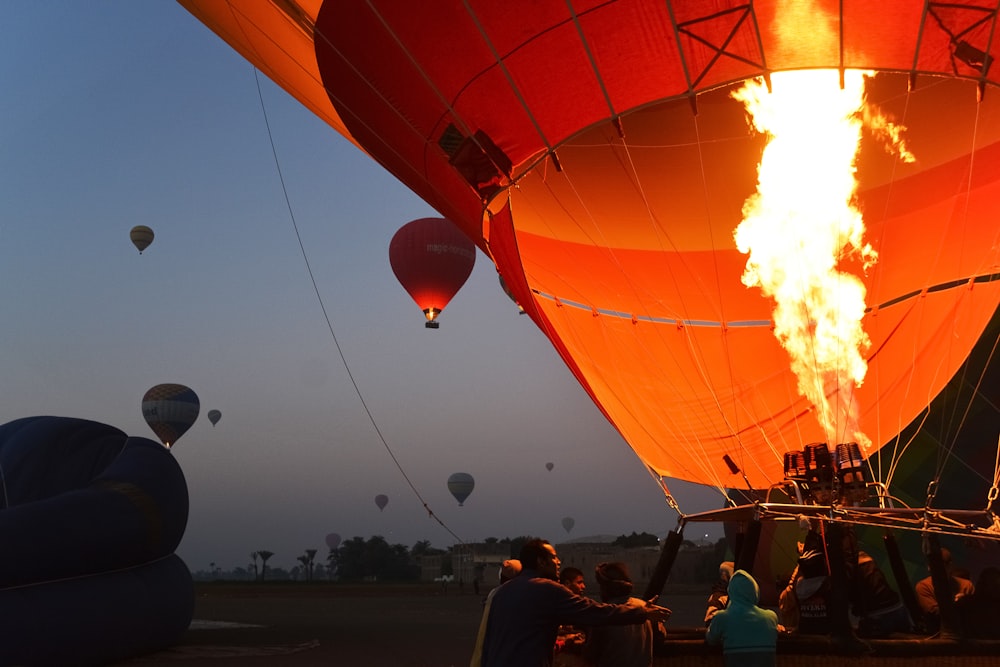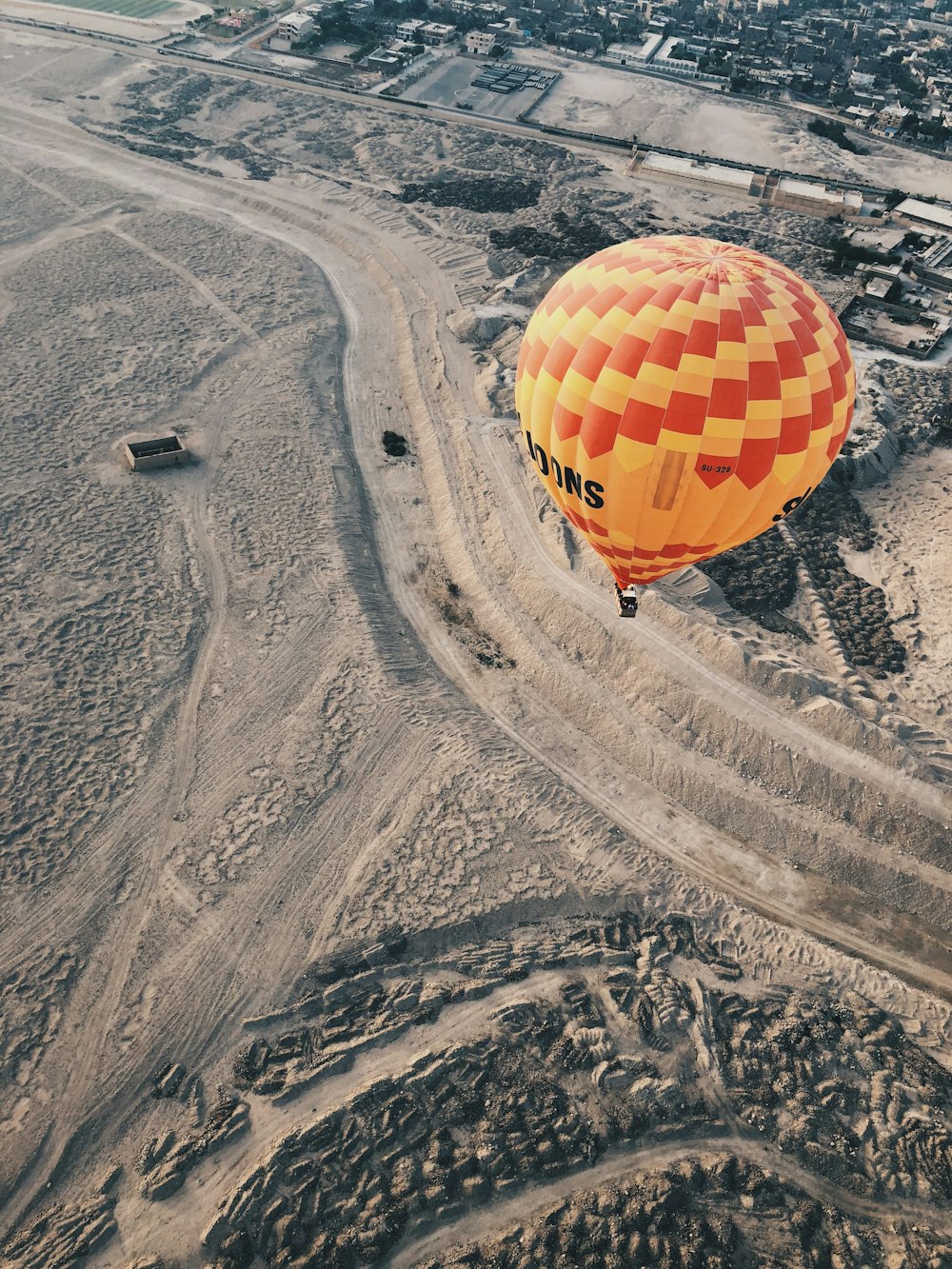
“Rumors flew thick and fast among the Egyptians that the French were going to raise a giant, airborne ship that could travel from one place to another,” writes novelist Rasha Adly in The Girl with Braided Hair (2020). It is a vibrant vision of one transitional moment in Egyptian culture: the introduction of the hot air balloon.
It was during the Napoleonic era that hot air balloons were first lifted to Egyptian skies—a moment often romanticized and glorified in literature both fictional and empirical. Today, hot air balloons are an essential form of tourism across Egypt. Upper Egypt, predominantly Luxor and Aswan, boast the highest number to date, with skies almost always punctuated with color as a result.


While hot air balloons have seen a resurgence in Cariene popularity—seen hovering over mythical sites such as the Giza plateau and the Cairo Citadel—the practice has taken on a life of its own in Upper Egypt. With tour companies offering sunrise rides across views of ancient Thebes, the Karnak complex, and both the Valley of the Kings and the Valley of the Queens, it comes as little surprise that a self-sustaining economy has manifested around hot air ballooning in Luxor, “the world’s greatest open-air museum”.
The first commercial balloon trip took off in Luxor, 1988, by British pilots operating under the banner of the British Virgin Company: the first hot air balloon company in Egypt. Since then, Egypt has been considered one of the “leading countries in the field of flying balloons,” second only to the United States. Its stable weather and impressive landscapes make Egypt an ideal destination for air-enthusiasts and avid sky-adventure seekers.

Still, there is something to be said about safety regulations and their evolution across the years. From 2009 through 2013, Egypt saw an unnerving increase in hot air balloon accidents. Despite continued attempts at improving security, hot air ballooning in Egypt has been subject to harsh criticism and reform. After a short ban in 2019, hot air ballooning was resumed across the country due to its economic contributions and its service to the archaeology communities, who use flights to map historic sites in lieu of drones.
Present day legislation ensures a more safe and secure culture, but it remains vital to research locations and background check companies in advance to booking slots.
For those, however, who have experienced Egypt from above, it is like no other. Best said by Journey to Egypt Tours, “You have not seen the land of the Pharaohs until you have looked down on it from the heavens – or as close as [can be] in a hot air balloon.”







Comments (0)